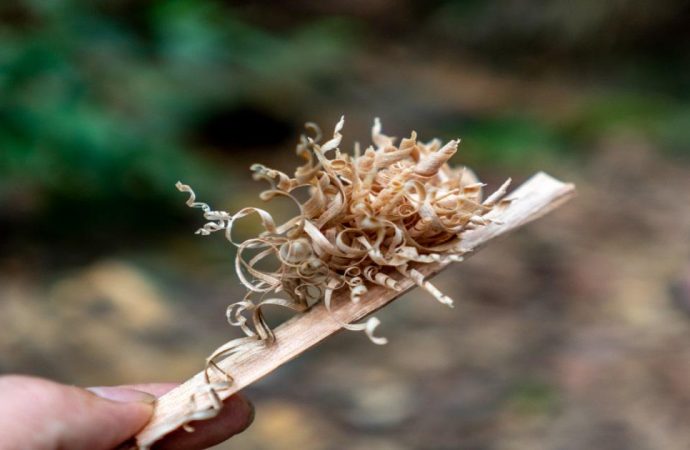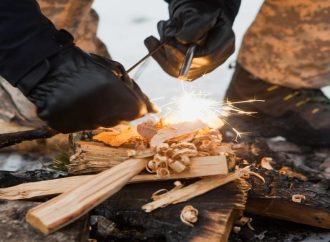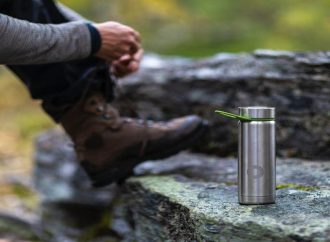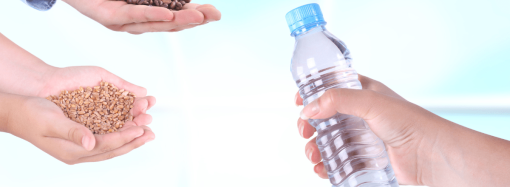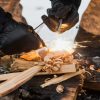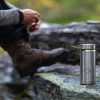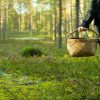Fire is key to survival for all preppers. Whether they are to provide light, heat or a way to prepare food for survival, they are essential. However, starting a fire can be challenging when the wet British weather makes sourcing dry wood challenging. Luckily, feathersticks can be used in these circumstances. In this article we
Fire is key to survival for all preppers. Whether they are to provide light, heat or a way to prepare food for survival, they are essential. However, starting a fire can be challenging when the wet British weather makes sourcing dry wood challenging.
Luckily, feathersticks can be used in these circumstances. In this article we look at the different uses of a featherstick, as well as how to make them, including identifying suitable types of wood that are found across the United Kingdom.
Multiple Purposes Of A Featherstick
As previously mentioned, the main use for a featherstick is to start a fire. As with any attempt at lighting a fire, particularly in the British countryside where any kind of weather could take over, preparation is key.
The use of the featherstick over another method of starting a fire is preferred for several reasons. Firstly, when are you in the woods and the wood available around you is already wet.
This could be because it has been raining for several days already, which would mean that even any dead standing wood is likely to be wet.
The same applies for any twigs that are still attached to the tree. The problem with the wood being wet is that it is very challenging to get the fire to catch on when trying to light it.
Therefore, being able to craft a piece of dead wet wood into a featherstick helps you to access part of the internal wood that is still dry, and much more likely a reliable source of fuel for a fire.
Secondly, you may be in a setting where there are no small sticks around that could be used as initial fire fuel.
This could be for a few reasons including the absence of certain species of tree, being in an area that is used for growing trees for logging, or perhaps an area that others have already gathered the useable wood from prior to your arrival.
Best Woods To Use To Make A Featherstick
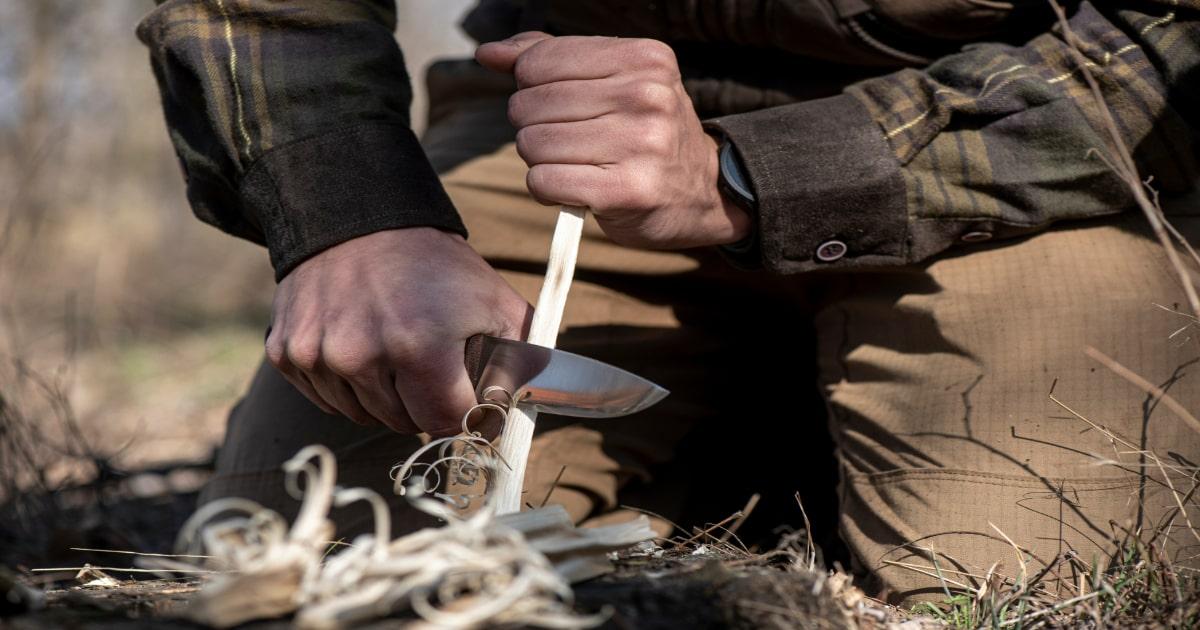
Dead wood is the best type of wood to use for making a featherstick. As well as this, ideally you want the wood to be dry and standing, as this will help the fire to catch and act as a good source of fuel.
Well-seasoned wood is also worth looking for as this usually means that the wood itself is strong enough to handle the process without causing damage.
You can make a featherstick out of the majority of woods, but it is useful to be able to identify all British trees before you have to bug out. You can even buy leaf flashcards and make tree identification a family nature activity for those younger preppers.
In terms of the species of wood, some are better than others, but being able to find them will of course depend on when you are located. These include:
Pine – These are prevalent over the whole of the United Kingdom. They are easily identified by the shape of the cones, which are made up of multiple layers of wood scales.
Willow – These are also present over the whole of Britain, particularly in areas such as riverbanks or where there is a presence of water in general. These can be identified by their long, thin, and flexible branches as well as their spear shaped leaves.
Cedar – Although not native to the UK, these can be found in areas such as parks and estates with large gardens. These are evergreens and can be identified by due to their needles, as well as having cones that grow in an upward direction.
Sweet Chestnut – Another tree that is common across the UK, particularly in the South East of England. The easiest way to identify a Sweet Chestnut tree is by examining the leaves. They are quite large in size and spear-shaped, with a cut edge that looks like small points around it.
When selecting the piece of wood, there are other factors that are worth looking out for. First, the piece of wood should have a straight grain to it, and without knots if possible.
How To Make A Featherstick
Now that we know the purpose of the featherstick and the best wood to use, it is worth exploring how preppers can utilize this knowledge and make one themselves. When you have your piece of wood, these are the steps that you should follow.
First, saw it down (if necessary) and cut it into different sections that are around 30cm long. This can be done with an axe if you have one or using a baton technique.
Split the wood either into quarters or eights, depending on if it is small or large. At this stage, you can remove any bark from each strip, as this is likely to be the dampest part of the wood.
The second stage of the process involves creating the curls that are unique to the featherstick. This can be the most difficult part of it, but ensuring the wood is suitable prepared in the first stage of the process will help.
Holding the piece of wood vertically on a firm surface, get a sharp knife and cut downwards at a slight angle. When doing so, turn the blade towards the wood a small fraction at a time to help create the shaved curl effect as you move it downwards.
Some of these curls may come off at the beginning, but this will just allow you to get the drier wood underneath so is nothing to worry about. Repeat the process from the top and on different sides of the wood, stopping just before you touch the previous curl.
Once complete, the curls left over can be used to help start the fire as kindling, with the rest of the wood acting as the source of fuel. It may be useful to use a couple of feathersticks at the same time to help get the fire started initially, as these will be taking place of the commonly used tinder for fires in general
Summary
All preppers know the importance of a good fire in a survival setting. Feathersticks are an invaluable asset as they can be used even when wet, making them fundamental to the UK climate and something every prepper should become accustomed with.

